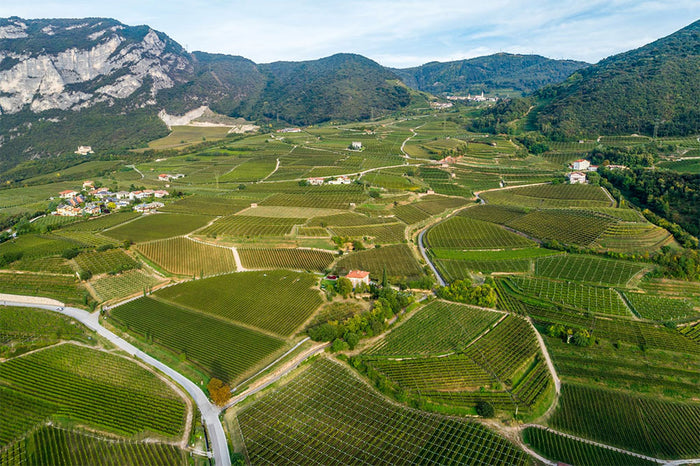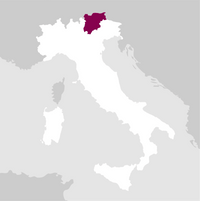
Perfume

Color

Taste
Serve at:
10 - 12 °C.
Longevity:
03 - 05 years

- Start up year: 1975
- Oenologist: Mario Pojer
- Bottles produced: 250.000
- Hectares: 33
That same year, the immediate success of their first Müller Thurgau triggered a chain reaction, still ongoing, of new acquisitions, investments in the company, studies and experiments. A paradigm of innovative, imaginative and healthy winemaking, capable of rapidly catching up with the big names in the region, nurtured by thirty-three hectares of vineyards located mainly on the impervious terraces of the Cembra Valley. Read more


| Name | Pojer e Sandri Sauvignon 2023 |
|---|---|
| Type | White green still |
| Denomination | Vigneti delle Dolomiti IGT |
| Vintage | 2023 |
| Size | 0,75 l |
| Alcohol content | 12.5% by volume |
| Grape varieties | 100% Sauvignon |
| Country | Italy |
| Region | Trentino Alto Adige |
| Vendor | Pojer e Sandri |
| Origin | Palai, Frait, Valbona |
| Climate | Faedo in the locality of Palai at 700 m. above the sea level. with Southern exposure and in the Frait area at 400 m. above sea level. with South-West exposure. Cembra in Valbona (lateral valley to the Val di Cembra) at an altitude of 450 m. above sea level. |
| Soil composition | Faedo is located between the Permian formation of the porphyritic platform and drifts of sandstones, siltstones, marls, limestones and dolomite. The soil is changeable in a depth of 30 to 100 cm, is muddy-calcareous and on a marly conglomerate. Valbona, on the other hand, was modelled in ancient times by the retreat of glaciers and later by the work of the Scorzai stream. Digging in the porphyritic rock there are sandy soils with a dark brown colour, rich in skeleton (rounded pebbles). |
| Cultivation system | "Pergoletta trentina aperta" |
| Plants per hectare | 6,000 vines per hectare in Faedo and guyot with 6,200 vines per hectare in Cembra, where the plants are in a small area (they follow the maximum slope line, which in our case reaches 50%). |
| Yield per hectare | 4,500kg/h. |
| Wine making | The white vinification method involves washing the grapes and pressing in a controlled atmosphere. Both techniques have been developed in the company pursuing the aim to avoid the use of exogenous antioxidants and to preserve the varietal characteristics of the grape itself (aromas and antioxidants). |
| Allergens | Contains sulphites |





